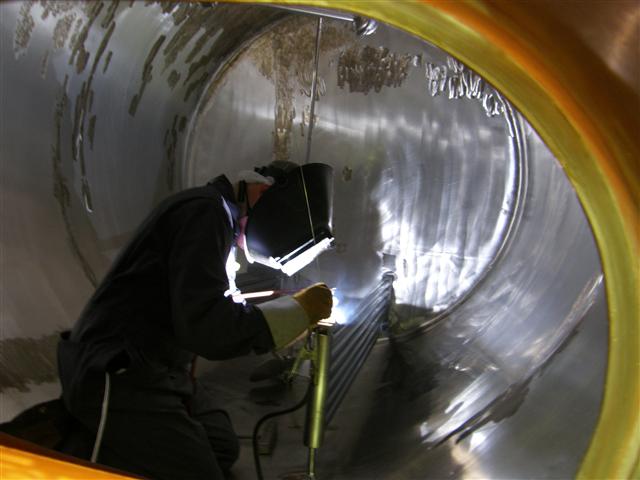What do we mean by a confined space? A confined space is any enclosed area with limited ventilation and for health and safety purposes this is assumed to carry a risk of death or injury. In practice, a confined space might be silos, sewers, combustion chambers, storage tanks and vessels or enclosed drains but other examples are also possible; some present themselves in the course of a job and can be unexpected. The hazards that could be present include; fire, explosions, dust inhalation, lack of oxygen, influx of liquids, absorption of fumes and/or poisonous gas. The problem with confined spaces and the hazards they present is that the risk may not be obvious until the worker is immersed in the problem; quick thinking in an emergency situation is vital so thorough safety training courses, delivered regularly, are essential.
The Art of being Prepared for anything
There are not many situations in which a worker finds themselves that can be as serious as an emergency in a confined space. It may be underground or underwater and the risk can be life-threatening from the very moment it presents. More than any other training, that given to people who may be called upon to work in a confined space
must be thorough and frequent, because every experience in confined space working can be different from the last. Some people who work in confined spaces may not consider themselves to be at undue risk, but wherever there is limited egress from the space and limited access for help to enter, there is danger. The trick is to make sure the training fits the worker in question for absolutely anything that might happen. Panic can be literally the last thing the person does – calm understanding of the situation and knowledge of how to minimise or hopefully remove the hazard is essential.
Suffocation is the main Risk
Whether it is by suffocation through inhalation of poisonous gas, dust or fumes or physical smothering from water, other liquid or soil or grain, working in a confined space is dangerous mostly for this reason. Although other injuries happen – such as falls in silos or rising drains – the biggest risk is certainly lack of oxygen in some form or another. Safety training courses in the use of respirators are a useful adjunct to a working in confined spaces course, as learning how to use an oxygen mask is not something you should be doing for the first time in an emergency situation. Equipment that is not used on an everyday basis must be checked regularly and this is also something that needs scrupulous training. It is a perennial problem in any job that presents a serious hazard which nevertheless rarely presents itself, that workers can get rather complacent. It is a good idea to institute and maintain a log of checks on equipment and training to make sure everyone and everything is completely up to date. This is usefully kept on a company’s intranet so that it never gets missed by default.
Rebecca Kilburn writes about health and safety for Boss Training.
